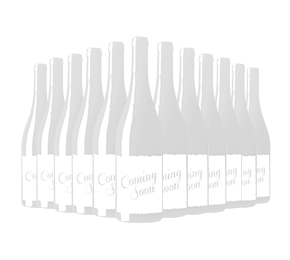Live chat
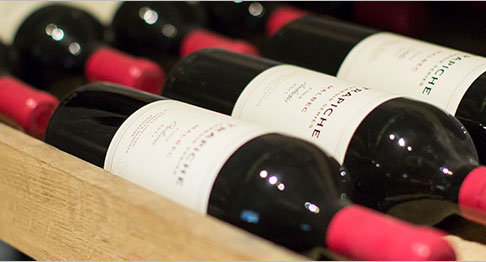
A few basics to get you started
Here you’ll find some seriously simple guides to make sure your wines stay in tip-top shape – from the moment they arrive on your doorstep, to that wonderful first glassful.
Storage tips
These guidelines apply to both short- or long-term storage
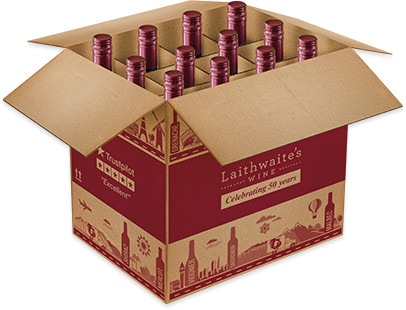
- We know it’s tempting, but try not to open bottles when the first arrive. A long journey can make a wine seem muted. Just give your bottles a few days to rest, and they’ll be back to normal.
- Keep your bottles out of direct sunlight, ideally in the dark, away from sources of vibration and at a constant temperature – anywhere above freezing and below 18°C. If you’ve got long-term storage in mind, these pointers are vitally important.
- If a wine has a cork closure, it’s best to lay the bottle horizontally to keep the cork moist and fully expanded (this ensures the bottle is 100% airtight).

Which glass to use
The shape of a wine glass is surprisingly important, so do choose your glass carefully.
- A clear glass with a smooth surface is best for checking a wine’s hue and clarity – avoid coloured, cloudy or cut glass.
- Tulip-shaped glasses are ideal. The wide ‘bowl’ exposes a large surface of wine to air, which helps to release aromas. The narrow opening better funnels this aroma to your nose.
- Fill your glass a third of the way (yes, just a third). This allows for plenty of room for swirling your wine without spilling, which helps with aeration and releasing more aromas.
- For Champagne, Prosecco and other sparkling wines, tall and thin flutes are the way to go. This way, the wine’s fizz will last much longer.
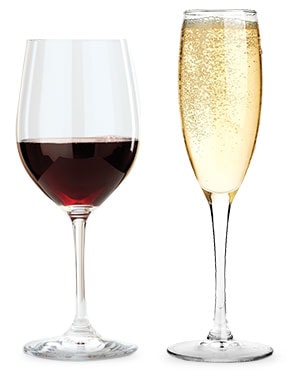
Corks vs screw caps
The debate has quietened lately, as an increasing number of consumers agree that it’s hard to beat the convenience of a screw cap. But many winemakers still stand by the traditional, trusty cork, so it’s likely that you’ll have to remove one from a bottle at some point. Which is why a corkscrew is a must-have tool for any wine lover.
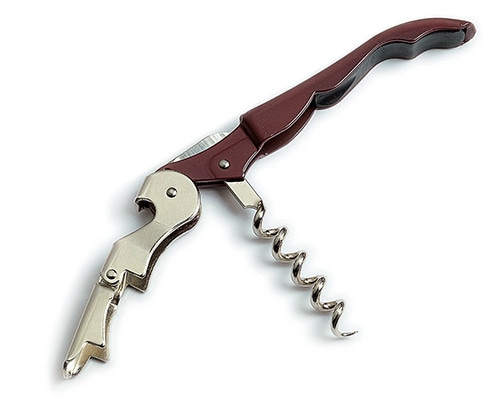
- A fair amount of force is needed to remove a cork, so it must have a comfortable grip.
- It should employ sufficient counterpressure against the rim of the bottle so you avoid that undignified bottle-between-knees struggle.
- The best screw mechanism is an open spiral with a clear line of sight down the middle. This ensures as much of the cork is gripped as possible.
- The ‘Waiter’s Friend’ (opposite) is the most practical corkscrew and is preferred by winemakers.

Decanting & serving
When to decant, service temperatures and more – it’s all here
Decanting
Decanting maximises aromas and flavours in young reds, and a few whites too.
- Decanting separates a wine from any sediment in the bottle. To check for sediment, hold the bottle up to the light. If present, pour your wine slowly, and when sediment starts appearing with the flow of the wine, stop.
- If a wine is mature, decanting is a great way to make sure you don’t end up with a mouthful of this sediment. However, mature wines don’t massively improve from being allowed to ‘breathe’ in a decanter. Leave it for no more than 30 minutes before serving.
- Generally, the denser a red wine – judged by a darker colour – the longer it will need to breathe. Between 30 minutes and one hour will do.
- Crisp, dry whites should be poured straight from the bottle and into your glass. Rich, oaky whites will become more complex if they are allowed to breathe in a decanter.
- Most wines are best served under 18°C. Since “room temperature” is often more than that, it’s best to give your wines time to cool if they’ve been left out.
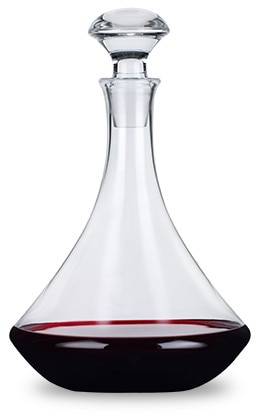
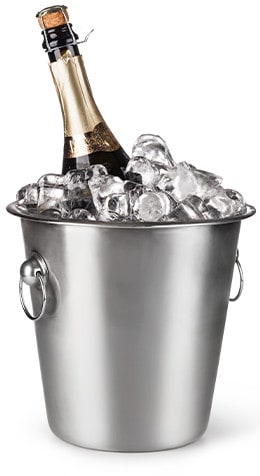
Serving
Serve your wines at the correct temperature to enjoy them at their best.
- Rich Reds
Bordeaux, Chianti, Malbec, Merlot, Shiraz.
Should be slightly cool.
Between 16°C - 18°C / 61°F - 65°F.
Chill in fridge for 10-15 minutes before serving. - Light Reds
Red Burgundy, Beaujolais, Pinot Noir, Grenache.
Should be cool.
Between 14°C - 16°C / 57°F - 61°F.
Chill in fridge for 15-20 minutes before serving. - Full-bodied whites and rosé
Meursault, Condrieu, oaky Chardonnay, Viognier, as well as Beaujolais Nouveau.
Should be slightly chilled.
Between 12°C - 14°C / 54°F - 57°F.
Chill in fridge for 20-30 minutes before serving. - Fruity whites
Sauvignon Blanc, Riesling, unoaked Chardonnay.
Should be fridge cold.
Between 7°C - 12°C / 45°F - 54°F.
Chill in fridge for 30-40 minutes before serving. - Sparkling wines
Champagne, Prosecco, Cava.
Should be well-chilled.
7°C / 45°F is perfect.
Chill in fridge for 30-40 minutes before serving and keep in an ice bucket.

Here’s why sediment in your bottle is nothing to worry about
Whether at the bottom of the bottle or stuck to the cork as crystals, sediment is a sign of natural winemaking and a fuller style of wine. Usually, only more mature or unfiltered wines will have this sediment, and while harmless, it isn’t pleasant to drink. Here’s how to make sure you don’t end up with a mouthful …
- Stand the bottle upright for at least six hours – preferably 24 hours – before decanting. Solids will settle at the bottom.
- Hold the bottle up to the light as you decant in one smooth flow until you see a dark swirl of sediment reach the neck.
- Stop when this happens, then leave the rest in the bottle.
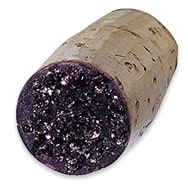
That’s it for the basics!
Next up is how to take your taste-buds to the next level, and start tasting wines like the experts do.

